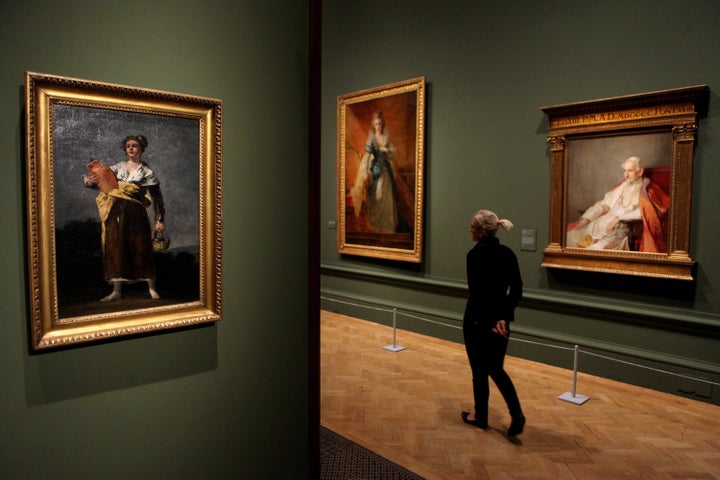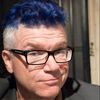
The glut of information being produced online and shared across social media has given rise to the “Fake News” phenomena. When it is not flat-out lies, fake news is usually opinion masquerading as journalism, designed to sway attitudes or just bring in site visits. Was the most recent presidential election in the United States tipped by the sharing of fake news across the web? Is that possible? Before you blame the blogs, contrarians might fire back that the establishment media regularly delivers opinion as fact in tilted coverage. Few ever admit that the “unbiased” media is on their side. The left points to the corporate structure of mainstream media and the right points to the high percentage of media employees who vote left of center. But everyone agrees that fake news, be it clickbait or prosletyzing by other means, is a threat to the very social order we all enjoy.
The next time you are in a museum, though, ask yourself if the importance of the works on display are there because of the actual merit of their maker, or if they are the fake news of the creative class. In contemporary art, there is a shell game of would-be Bernie Madoffs building empires out of flipping unknown artists for twice or more of the original purchase price. These days the artists caught up in these huckster vortexes are usually earnestly imitating some art historical variant of blurry abstraction in their studios. One way to increase the value of these (or any other) artwoks is to get it shown at an institution, preferably an important museum. We want to believe that museums base their selections of what to show on something quantifiable and merit-oriented; We are comforted, then, with art history, a narrative of why each picture on the wall fits in there. Yet if the history of art is any indicator, art history is an organic construct that changes often with scant justification for the choices of who is included and who is left out. This fluidity is cyclical at times - just follow the auction prices long enough and you will see artists ebb and flow. When we go offline and enter art spaces, is there any guarantee that the art history we are being presented is just fake news?
Beyond the speculation that one could bribe their way into contemporary museum collections with the right shameless peddler of snake-oil-on-canvas, look back a little further... the justification for inclusion in the collections of museums is that the artist “is important in art history”. Artists with technical skill and quantifiable talent are often “not important” to the narrative of art history… or so we are told. How does the narrative of art history go? Scratch the surface and it is often summarized “this artist is important because he influenced that artist” and to make it less boring, “this artist is important becasue he reacted against that artist”. That’s it? No, there is a third, voluminous category. The plaque on the wall of the museum with utter gibberish. While the former two here are weak arguments that a little scrutiny might reveal as fake news, the latter here, shameless artspeak, is so purposefully indecipherable that one can safely assume one is being lied to about the validity of what is on the walls. Would museums perpetuate fake news as art history to include friends and business partners in their collections? Perish the thought (but it probably happens every day).
Museums are a lot like Washington DC, but with better fashion sense and whiter walls. Art History is often fake news used to talk down to the masses with a comfortable fable that encapsulates the interests of the institutional class. The proper term for art history, therefore, is propaganda. If they were honest about this, wouldn’t it at least sound like a much sexier major?
